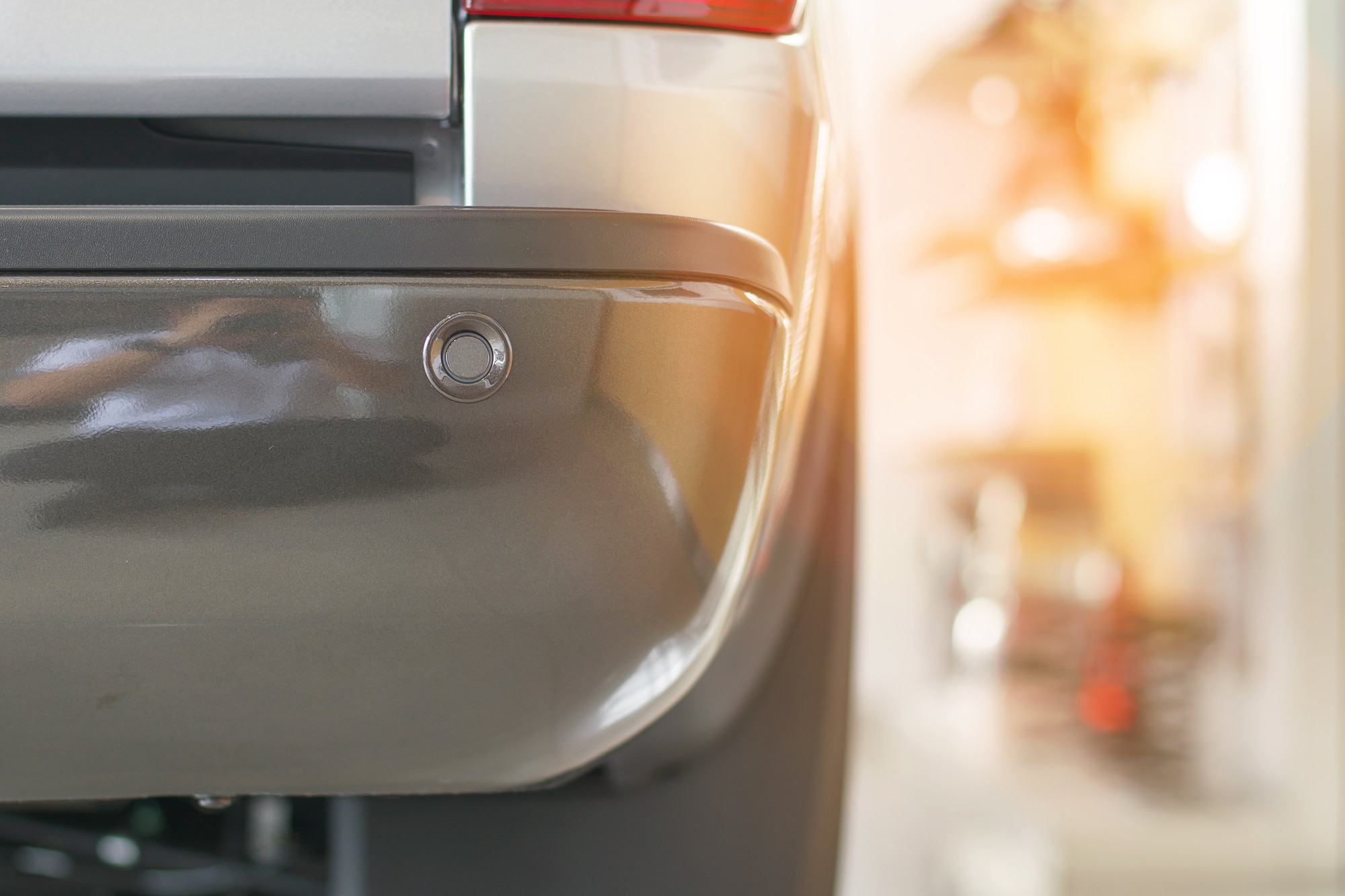How to Add Parking Sensors to Your Car
Parking sensors can make your car safer and help you avoid accidents.
 Shutterstock
Shutterstock
Even the most confident driver may struggle to navigate their car or truck into a tight parking spot. Moments like these are when parking sensors which are a common car safety feature, can come to the rescue.
By emitting an audible chime and/or visible warning, parking sensors positioned at the front or rear of the vehicle help to avoid an embarrassing, not to mention expensive, bumper-bashing accident.
Using electromechanical frequencies or ultrasonic sound waves, the warnings to the driver get brighter or louder (or a combination of the two) the closer the car gets to another vehicle, or an obstacle within the sensor’s range.
While backup cameras have been a federally-mandated safety feature since May 2018 on newly manufactured cars, the same is not true for parking sensors. Yet even if your car is far from being showroom fresh, when it comes to having parking sensors retrofitted to your vehicle there are plenty of options.
Let’s take a look at some of the choices for adding parking sensors to a car, key things to keep in mind, and the costs involved.
How Much Do Aftermarket Parking Sensors Cost?
Search online and you’ll find a variety of sensors that typically range in price from $20 to $200. This applies only to the parts, however, so remember to factor in potential labor costs to have the parking sensors fitted.
It’s a smart idea to speak with your local dealership or trusted mechanic to get an accurate sense of the time and cost of a professional parking sensor installation. A lot will depend on the vehicle you’re driving, and the sensor system you prefer.
What Features are Most Important?
Not all parking sensor systems are all the same. That’s important to remember, especially when shopping for something whose intent is to help keep you safe and your vehicle free of damage.
First, make certain the parking sensors you’re considering are waterproof and durable enough for constant use. While a low-cost system might cost less up front, the savings aren’t worth it if you’re getting flimsy build quality that may not last.
For easy installation, a wireless system paired with your smartphone is a quick route. The sensors might be located within the license plate surround, for example, and transmit alerts while parking to a phone-based app.
A more permanent solution is to have a parking sensor system hardwired into your vehicle. This involves drilling holes in the front and rear bumpers to position the sensors, and possibly a degree of painting to make them blend in with the rest of the car.
This is where the average DIY’er might want to consider a professional installation, since the work involved is more complicated. A more integrated system will also look better and come with added peace of mind that the installation was done correctly.
Which Parking Sensors are Well Reviewed?
With so many brands to choose from, there is no shortage of opinions when it comes to online reviews. A wireless parking sensor array like the FenSens system earns praise for being quick to install, but a wide array of complaints regarding connectivity problems, short battery life, and poor customer support.
While the Valeo Beep and Park kit requires more assembly, it costs less than the FenSens unit and earns compliments for being a solid value and good quality.
Whatever you do, don’t rush into any purchase without doing your parking sensor homework. The last thing you want is a safety device that makes driving (or parking) more of a hassle.
Written by humans.
Edited by humans.
 Nick Kurczewski
Nick KurczewskiNick Kurczewski is a freelance automotive journalist based in the New York metro area. With approximately 20 years of experience, he has covered all aspects of the car world, from the pit lane at the 24 Hours of Le Mans, to car shows around the world, and a Zamboni lesson in Lower Manhattan. He’s also adept at providing helpful car advice and steering people towards the ideal car, truck, or SUV for their driving needs.
Related articles
View more related articles